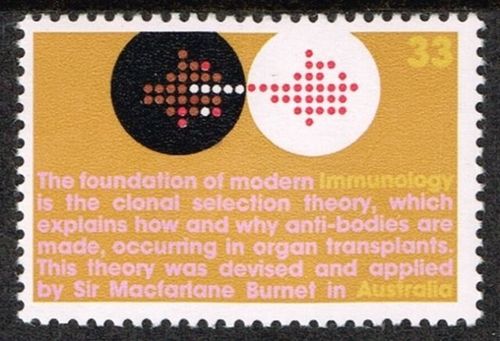The effects of repeated oral administration of Imidacloprid (IC) over 4 weeks on immune response, oxidative stress and hepatotoxicity were assessed. Forty-eight adult male albino rats were divided into two groups of twenty-four animals each. The control group was orally administered distilled water, while the IC-treated group was orally administered 1/100 LD50 (0.21 mg/ kg body weight) of IC insecticide daily. We found a significant increase in the total leukocyte count, total immunoglobulins (Igs) especially IgG. In contrast, significant decreases in phagocytic activity, chemokinesis and chemotaxis were observed in the IC-treated group compared to the control group. Histopathologically, the spleen tissues of the IC-treated rats displayed low numbers of lymphocytes, some of which appeared to be pyknotic. However, both fibroblasts and bundles, such as trabeculae, occurred in greater numbers. Similarly, thymus tissues in the IC-treated group showed lymphocytic depletion with pyknotic nuclei. Additionally, significant increases in the serum levels of aspartate aminotransferase (AST) and alanine aminotransferase (ALT), alkaline phosphatase (ALP) and malondialdehyde (MDA) were observed in the IC-treated group. Accordingly, in the IC-treated group, heavily congested central vein and blood sinusoids were observed in the liver tissues; pyknotic nuclei were found throughout the hepatic tissue, and leukocyte infiltration was observed. In summary, these results suggest that exposure to 1/100 LD50 of IC induces immunotoxicity, oxidative stress, lipid peroxidation and hepatotoxicity.
Source:
Mohamed Mohany, Gamal Badr, Inas Refaat and Mostafa El-Feki
African Journal of Pharmacy and Pharmacology Vol. 5(18), pp. 2106-2114, 15 November, 2011
The article is attached

- Login om te reageren
